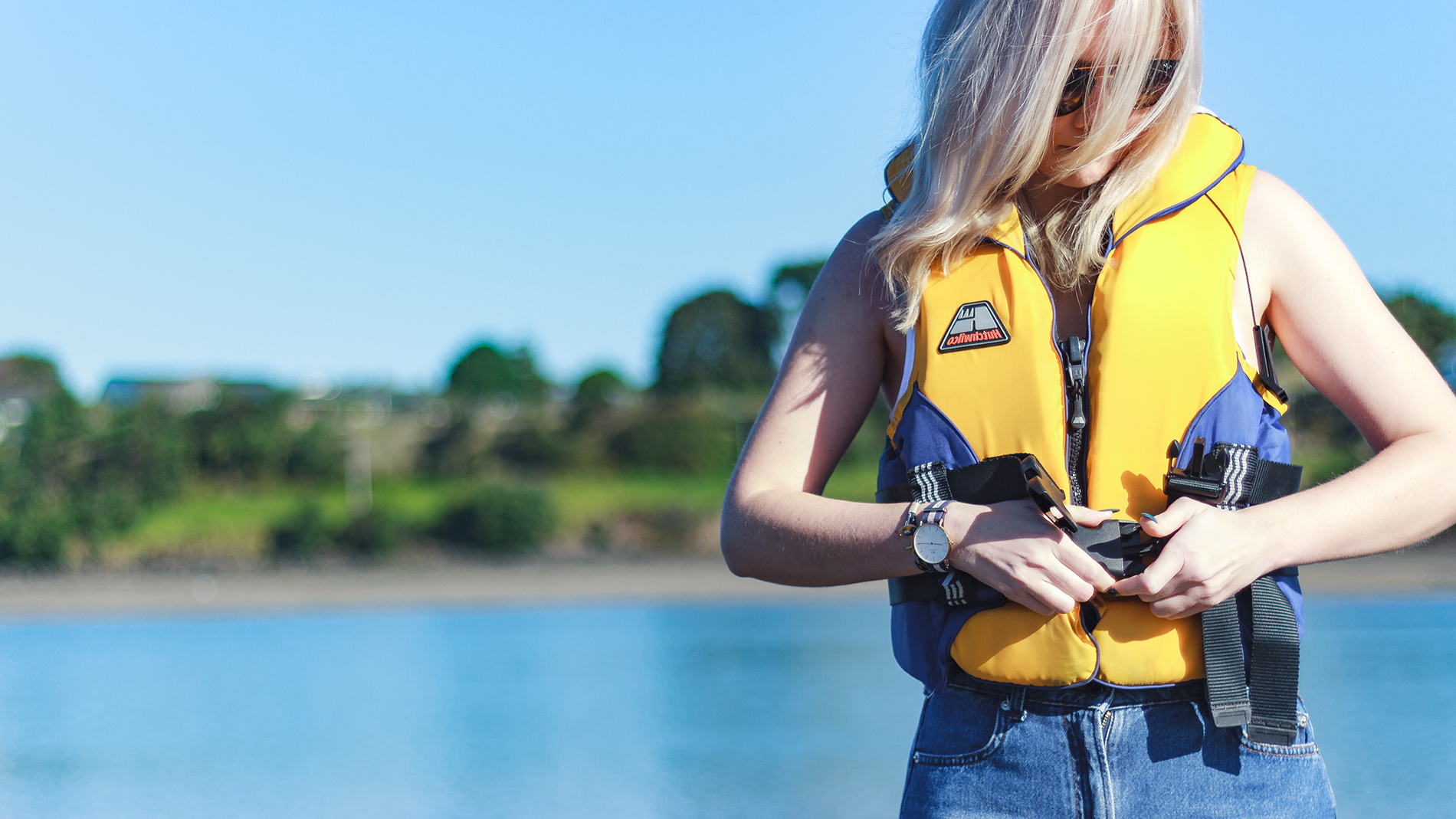Vessels 6 metres or less
While vessels 6 metres or less are underway, everyone on board:
- must wear a lifejacket (or personal flotation device)
- the lifejacket must be securely fastened
- and the lifejacket must be appropriate size.
Note: the skipper is responsible for complying with this rule. Failure to comply may result in a $200 fine.
Vessels bigger than 6 metres
In vessels more than 6 metres in length, everyone on board must wear a lifejacket (or personal flotation device), unless the skipper has assessed the risk and considers it ok for lifejackets to not be worn.
Except, lifejackets must be worn:
- when crossing a bar, including 200 metres either side
- and in situations such as the following:
- low visibility
- rough seas
- adverse weather
- boating at night
- high river flows
- in an emergency.
In all other situations, enough lifejackets must be carried aboard in a readily accessible location to securely fit each person aboard.
For further information see the lifejacket rules in the Navigation Safety Bylaw (clause 2.7).
Lifejacket fit
It's the skippers responsibility to make sure that everyone has a lifejacket that is the correct size for them and wearing it when required.
A lifejacket needs to fit correctly to do its job. A lifejacket should feel comfortably snug but not too tight.
To check fit:
- make sure lifejacket is the right rating for your size and weight (look at the label on inside of jacket)
- if you can fit more than three fingers under the shoulder, it is too large
- properly zip and buckle the jacket, if you are unable to do zip or buckle, the jacket is too small
- with your arms raised, have a friend tug the arm openings upwards gently, if the jacket comes past your chin it is too big
- excess room above the arm openings means the jacket is ill-fitting.
Watch the video below for information on fitting lifejackets on children.
Inflatable lifejackets
Manual inflatable lifejackets are a popular choice for many boaties. If you choose to use this sort of lifejacket remember it needs to be serviced at least once every two years.
In addition, you should carry out regular self-checks to make sure your lifejacket is in good working order.
- Check outer cover and straps for holes and signs of wear
- Check gas cylinder for corrosion and that it hasn’t been used, make sure it is properly screwed in
- Manually inflate and leave inflated for 24 hours, if the bladder deflates or has lost pressure send it away for repair
For further information on self-checks:
- read Maritime New Zealand's guide
- watch the fantastic video clip, below.

